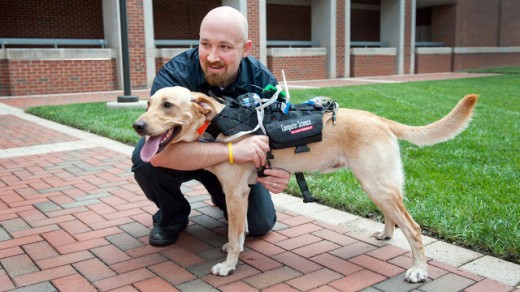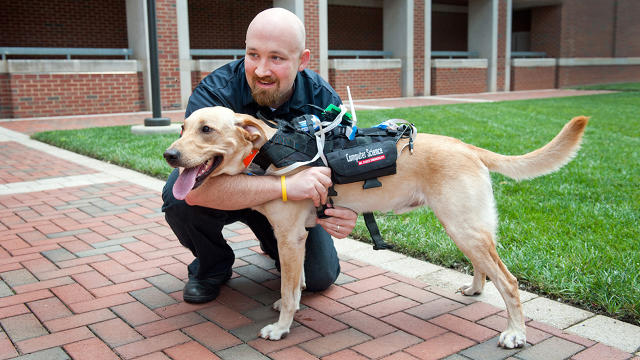This Computerized Harness might be The canine Translator we now have Been waiting For
Ever since canids started out following us round to sniff at our leftovers, people had been looking for more environment friendly the way to communicate with dogs. And, thus far at the least, a universal translator has yet to materialize. Seamless canine-to-human or human-to-dog conversation has been little greater than a loopy pipe dream.
We can have been excited about how dogs “talk” a long way too narrowly. Researchers at North Carolina State university are developing a different platform that lets people communicate more evidently with their their furry best pals. in contrast to previous attempts at a translator, this two-means physique harness does not count exclusively on vocalizations; it uses an animal’s actions to figure what they could be feeling, and what they might be trying to inform you.
Meet The dog That Makes $15,000 A Month
“canine be in contact primarily via body language,” says paper co-writer David Roberts, an assistant professor of laptop science at NC State, “and one in every of our challenges was to improve sensors that inform us about their habits with the aid of looking at their posture remotely.” The device uses an array of sensors, accounting for physiological modifications within the animal, like coronary heart fee and body temperature.
along side the canine’s movements, all that data is accumulated with the aid of software and used to assemble a common vocabulary. From there, a human can then beam the dog instructions–wirelessly, even!–the use of a mixture of haptic remarks and speakers built into the harness, the final thought being that tapping into extra senses way more precision in what you’re seeking to say.
“We’ve developed a platform for pc-mediated communique between humans and canines that opens the door to new avenues for deciphering dogs’ behavioral indicators and sending them clear and unambiguous cues in return,” says Roberts. “we have now a totally useful prototype, however we’ll be refining the design as we explore increasingly applications for the platform.”
essentially the most glaring applications are with search-and-rescue and information dogs. Researchers, although, envision it being helpful in all forms of scenarios, akin to helping relax hyperactive animals when they’re on the vet. or even for instructing your new puppy simple on a regular basis commands, like do not pee all over the place the rug.
(163)















